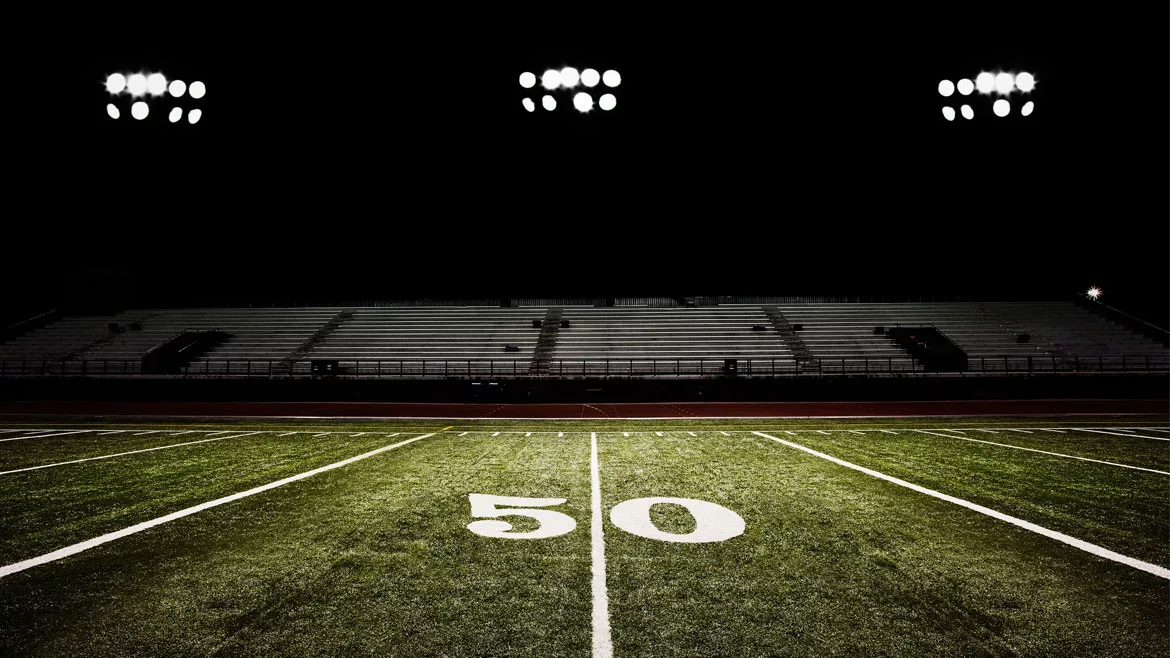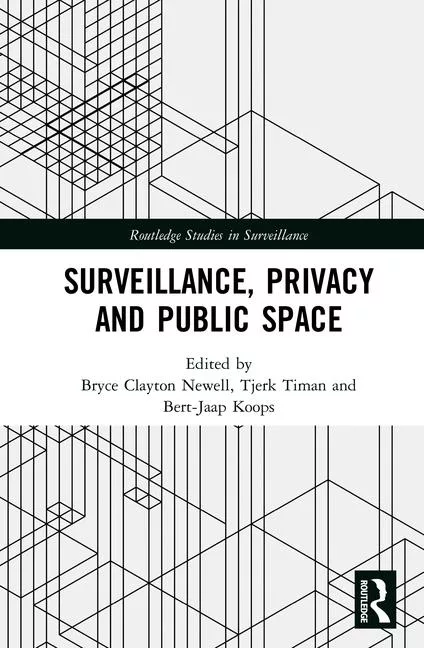Security Strategy
Keeping stadiums secure despite staffing shortages
A number of security strategies and technologies can help stadium operators ensure the safety of their events.

Jgareri / e+ via getty images
With many covid-19 restrictions in the rear-view mirror in the u.s., stadiums are once again filled with the sounds of cheering fans. However, the hiatus from in-person interaction has had an impact on both fans and stadium operators. For fans, irritations like long lines at the gates, ticket counters and concession stands can more easily diminish their enthusiasm for the live experience, especially when it can be easier to just plop down in front of the large-screen tv at home. For stadium operators, staffing shortages are making it harder to deliver the high degree of customer service fans expect. Maintaining a safe environment despite a smaller security force and preserving network cybersecurity despite thousands of fans tapping into wifi to post their selfies are just some of the other worries keeping management awake at night.
While integrating more technology into the operation isn’t the panacea for every stadium challenge, it can help leaner operations run more efficiently and sustain the fun atmosphere that keeps fans coming back.
From ticketing to seating and concessions
Many stadiums have implemented electronic ticketing and smartphone apps which save time on fan entry and direct attendees through gates efficiently. Alternatively, stadiums can use smart cameras to monitor queue lengths and alert security to broadcast a message over the network audio system directing fans to a less congested gate.
Moving from handheld security wands to metal detector stanchions connected to network cameras can also speed gate entry. In addition to exposing weapons, the setup captures the ticketholder’s image which can be used to locate them in case of emergency. Or, in the case of a vip, facial recognition can be used to alert hospitality staff to vips entering the stadium. License plate recognition cameras posted in the vip parking area can also send alerts when important guests have arrived.
Another step stadium operators can take to enhance the fan experience is shifting to touchless, cashless concession operations. Instead of waiting in line on a crowded concourse, fans can use a smartphone app to place their order and receive notice when they’re ready for pickup.
Bathroom cleanliness is also an issue that technology can address. In lieu of hiring individual bathroom attendants, people-counting cameras outside restrooms can track usage and send an alert to custodial staff when it’s time to clean and restock each lavatory.
Recruiting and retaining staff
Many service industries are facing staff shortages these days. Stadiums are no exception. While there’s no magic formula for recruiting and retaining employees, technology can help stadiums deploy their leaner workforces more efficiently without compromising fan service and security. It can also help create a more pleasant work environment by identifying and relieving stress points in real time. For instance, it can alert management when to shift staff from one location to another based on changing conditions — whether to speed up service to hungry fans on the concourse, handle medical emergencies at the first aid station or break up an altercation in the stands.
Body-worn cameras are another tool that can help with retention. Because they capture an unbiased recording of events, staff can feel protected against false claims of misconduct in their interactions with fans. The video can also help with employee training by giving them the opportunity to review past interactions — both their own and those of co-workers — and adopt more effective ways to respond going forward.
Pre-game and after-hours protection
Tailgating has always been part of the fan experience. But keeping revelers from becoming dangerously rowdy can be a challenge with limited security. High-mounting cameras in the parking lot can give the security team a comprehensive view of the area. Integrating video and audio analytics into the technology mix can alert security to potential problems so they can intercede if a situation escalates. If horn speakers are available, security can broadcast a warning message to the group.
Whether it’s vandals or exuberant fans trying to sneak onto the property after hours, technology can act as a force multiplier to a skeletal security staff. For instance, in darkness, thermal cameras equipped with motion detection and other analytics can spot intruders before they climb the fence. They can alert security patrols to the trespasser’s exact location and/or trigger an audio warning to vacate the premises before someone gets hurt or destroys property.
Open standards offer more options
With the shift to open standards platforms, today’s stadiums have more options than ever for enhancing security, customer service and the fan experience. Because data can be shared across diverse camera systems, video and audio analytics, radar detectors, network speakers and access control systems, management can respond more quickly and effectively to challenges, even when running a leaner operation.
Looking for a reprint of this article?
From high-res PDFs to custom plaques, order your copy today!







